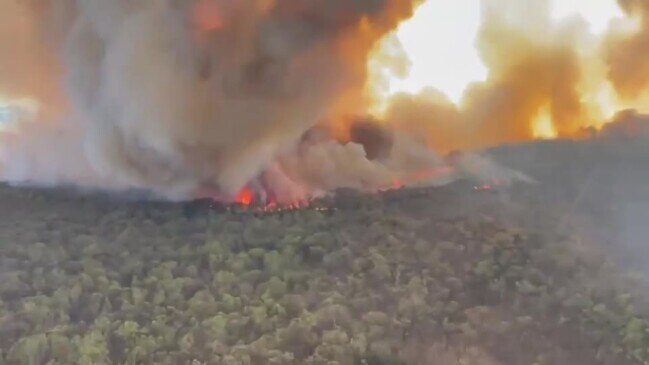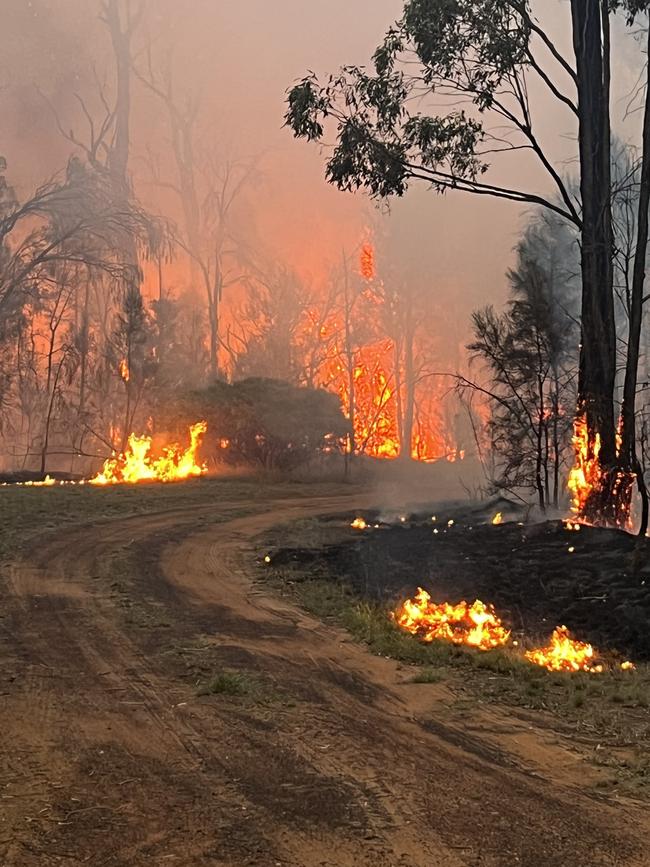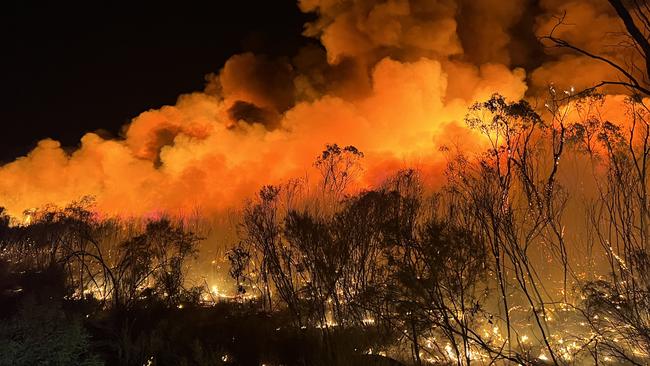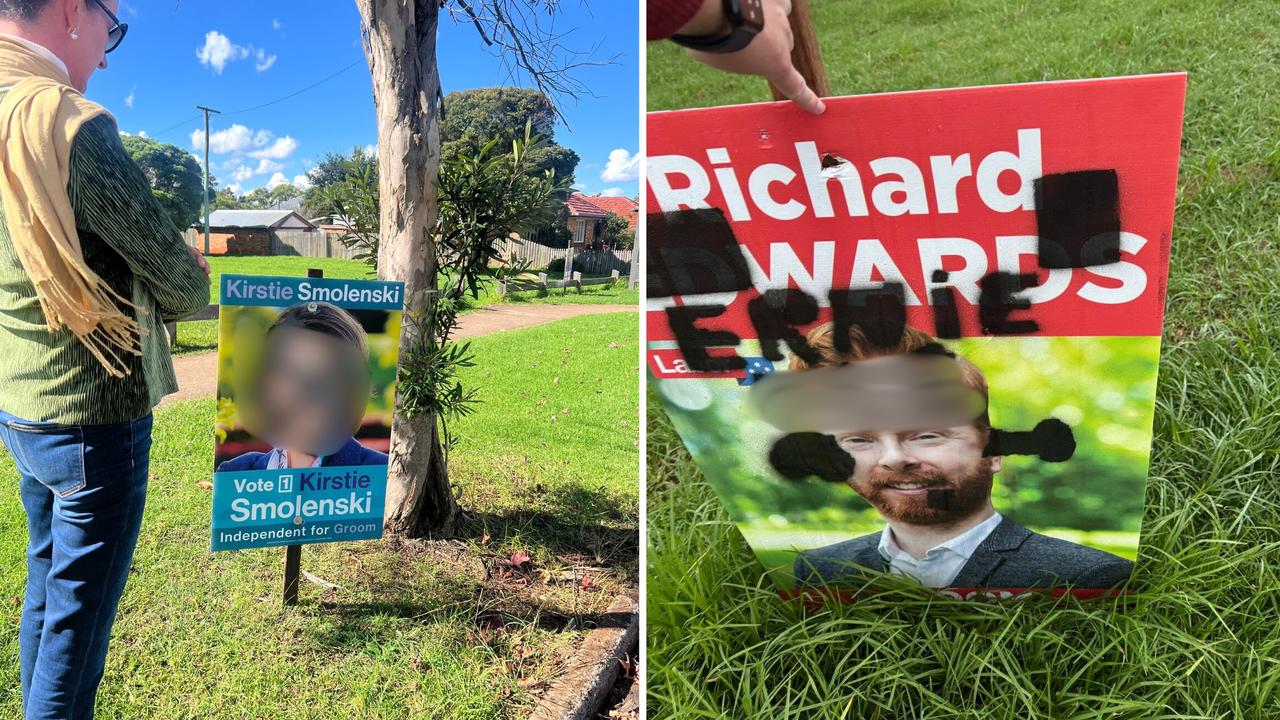Queensland prepares for horror summer as El Nino brings dry conditions
After years of heavy rainfall, Queensland is starting to dry out. But those wet conditions have created the perfect environment for bushfires, and will fuel what could be one of the worst seasons on record.

Toowoomba
Don't miss out on the headlines from Toowoomba. Followed categories will be added to My News.
Three years of excessive rainfall has come to an end, and Queensland’s firefighters are preparing for what is expected to be a horror summer.
Back-to-back La Niñas have led to an abundance of grass and scrub growth throughout much of Queensland.
But this fresh growth is drying out.
The Bureau of Meteorology has forecast a 50% chance of an El Niño by August, which will bring dry conditions back to the country.
Those conditions are expected to remain in place until at least late 2024 or into 2025.
Behind that is an excessive number of dead trees that were killed off in the last drought and are still standing.
QFES bushfire safety officer Steele Davies said this combination of dry undergrowth and dead trees created a “ladder effect”, fuelling fast moving fires.

“There is plenty of fuel to burn and while we have not had the worst weather, the amount of vegetation has caused the fires to develop their own weather systems,” he said.
Part of this heightened fuel load is the result of the weather conditions through 2022, meaning it was too wet for firefighters to perform hazard burns in winter.
The evidence of this heightened threat has played out at Moonie, Miles, Tara, Inglewood and Pratten over the past two months, where a collective 64,000 hectares of farm and bushland was burnt.
Worryingly, most of this occurred after what would have traditionally been the end of southern Queensland’s fire season.
Mr Davies said the window for landholders to conduct hazard reduction burns was reduced and he urged farmers to contact their local wardens and discuss what could be done now to mitigate the threats to their properties.
“From talking to farmers, they are saying throw a dart at a map and there will be grass there, until areas are grazed and managed, we can have fire across the board.

“Consider what you are burning and the amount of access you have around your property and whether a fire truck can get access and get around their property easily.
“Can a truck get down the driveway and can it do a three point turn to get in and out?
“That access will greatly improve our ability to fight fires.”
If they can’t conduct hazard reduction burns, Mr Davies called on landholders to get on a slasher.
But again he urged caution and said operators needed to have a spotter and ample water nearby in case sparks from machinery start a fire.
“You need more than just an extinguisher,” he said.
“Last week a fire started from machinery near Moonie. We had water bombers on the spot and it still made a run for it and burnt a couple of hundred hectares.”
The heightened fire activity through autumn required the QFES to call in reinforcements from across Queensland and Mr Davies thanked the volunteers and paid staff who put their hand up to help.
More Coverage
Originally published as Queensland prepares for horror summer as El Nino brings dry conditions





